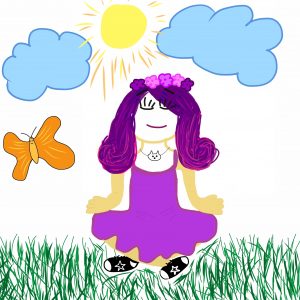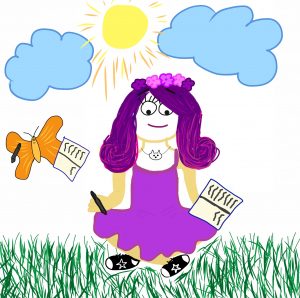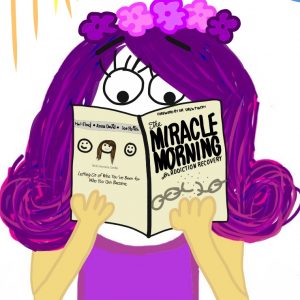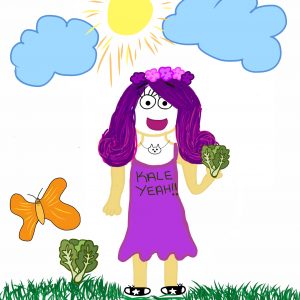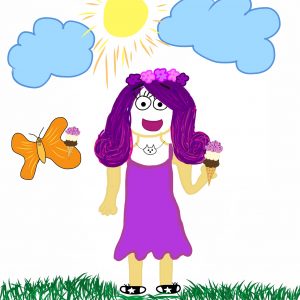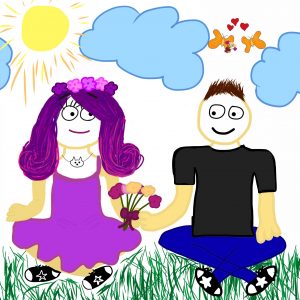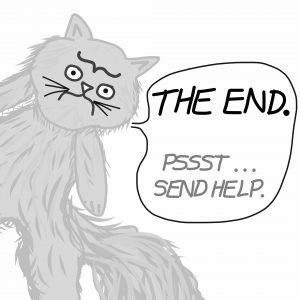READ IT TO ME: Click play to listen to this post.
“Life can only be found in the present moment. Your true home is in the here and the now.” – Thich Nhat Hanh
The greatest challenge I have ever had in addiction recovery is being present in the here and now. If this is where my true home exists, there have been many days that I have spent on the road, even though geographically I am home. I become preoccupied with yesterday’s behavior, thoughts, and other people’s actions. I have engaged my mind for hours thinking about the anticipation of tomorrow’s activities and what I need to do or what I think about what the responsibility of others should be. Some days there is a nonstop ping-pong match between past and future that preoccupies my mind and keeps me from being just where I am. This mind mesh unmanaged triggers the junkie worm blues.
In your recovery do you know this dynamic? It short circuits the serenity of sobriety. It creates a brown out from self empowerment. It breeds an environment that is ripe for relapse. Here are some short suggestions to manage past and future distractions that pull you away from the present moment.
1. Practice noticing nature: We live our lives as if everything is centered around our perceived wants and needs. I am in the process of deepening my awareness that when I am distracted and stuck wallowing in past thoughts and behaviors or worrying about the future nature can bring me back to the present. Nature is sacred in this manner. Thich Nhat Hanh reflected “Every day we are engaged in a miracle which we don’t even recognize: a blue sky, white clouds, green leaves, the black, curious eyes of a child—our own two eyes. All is a miracle.” Nature brings us back to the present. Black Elk, the Oglala Sioux leader, offered grounding in this description “What is Life? It is the flash of a firefly in the night. It is the breath of a buffalo in the wintertime. It is the little shadow that runs across the grass and loses itself in the sunset. The True Peace. The first peace, which is the most important, is that which comes within the souls of people when they realize their relationship, their oneness, with the universe and all its powers, and when they realize that at the center of the universe dwells Wakan-Taka (the Great Spirit), and that this center is really everywhere, it is within each of us. This is the real peace, and the others are but reflections of this.”
Eckart Tolle said, “You can only lose something that you have, but you cannot lose something that you are. Realize deeply that the present moment is all you have. Make the NOW the primary focus of your life. Sometimes, letting things go is an act of far greater power than defending or hanging on.” The practice of noticing the nature around you cultivates the awareness of being present in the here and now.
2. Slow down and do things mindfully. Meditation brings us back to center. Some people have found grounding by doing a walking meditation, feeling their feet connected to the earth, their bodies at one with the trees and animal life around them. They experience the energy of life by inhaling the breath of fresh air in the great outdoors and taking in the warmth of the constant sun. Recovery author Melodie Beattie wrote, “At no day, no hour, no time are you required to do more than you can do in peace.” Shifting to a slower speed can help you center yourself and promote a clear perspective in recovery.
3. Pay attention to your purchasing patterns. It is easy to lose yourself in the frenzy of consumerism. We have all compulsively purchased something we did not need. There is an amazing number of people who have bought items that they don’t even take out of the box. It is important to ask yourself what the compulsive urge to buy something is all about. What emotion am I trying to avoid? Compulsive purchases not only block awareness of emotional needs, it will set you up to feed the junkie worm in your addiction.
4. Cultivate sensitivity to ways that you presume upon the people around you. If you are an addict and an entrepreneur, you must pay attention to this subtle yet dangerous dynamic in behavior. Are there people around you that you take for granted? Do you expect others to take care of your personal needs? In what ways do you presume upon those around you, your partner, family, colleagues, and those who work for you? It is easy to create a calloused expectation about those who are hired or in a relationship with you that subtly fuels entitlement. Celebrity status is dangerous this way. Most of us think of celebrities as Hollywood, athletic, or rock star status people. But, we are all celebrities in our own world. There are people who look to you and tend to put you on a pedestal no matter who you are or the world you live. Pay attention to the way in which you might presume upon them. The presumption always accelerates an entitled attitude. Entitlement comes from deprivation. Ask yourself what legitimate need must be met that when neglected triggers me to presume upon someone else to meet that need.
Sensitivity to the present moment, nature, and personal patterns that lead to destructive behavior are necessary grounding skills in managing the junkie worm that wants to be fed one way or the other.
